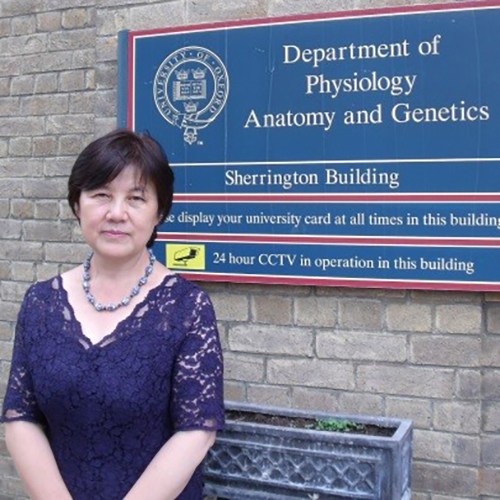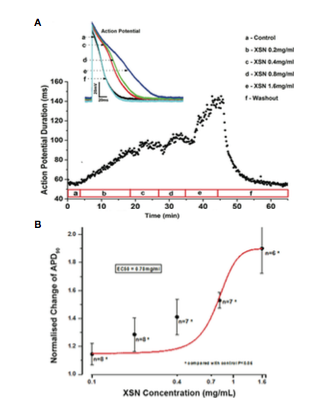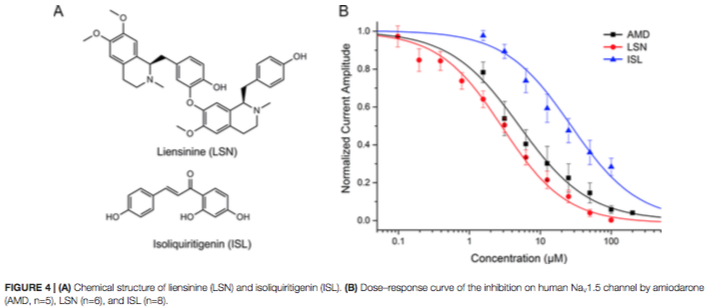Project on the Chinese Herbal Medicine Xin Su Ning

led by Dr Yu-ling Ma
Xin Su Ning (XSN) is a Chinese patented and certified herbal medicine used to treat premature ventricular contractions. A newly published study demonstrates XSN’s clinical antiarrhythmic efficacy of 12 years’ use in China without adverse reactions being officially reported.
“The method used and the standard achieved bear high quality and the clinically relevant research in cellular electrophysiology on a traditional herbal medicine aimed to illuminate its clinical antiarrythmic mechanisms.” – Dr Yu-Ling Ma.
XSN is only available in China, so the team’s discoveries could pave the path for translating XSN to an international standard antiarrhythmic medicine through common effort.
“Due to the multi-component nature of XSN, further studies will reveal the mechanisms of the multi-targeting action of XSN that would help to advance the latest understanding that cardiac arrhythmic diseases are multifactorial and dynamic.
Further studying the action mechanisms of XSN may also help to explain how the multicomponent action helps to reduce/eliminate the adverse reactions that single chemical antiarrhythmic drugs often possess, which has led to concerns regarding the safety of antiarrhythmic drugs used clinically.” – Dr Yu-Ling Ma.
Investigation of the Cellular Pharmacological Mechanism and Clinical Evidence of the Multi-Herbal Antiarrhythmic Chinese Medicine Xin Su Ning
FRONTIERS IN PHARMACOLOGY 2020
Yu-ling Ma, Rou-Mu Hu, Xinchun Yang, Taiyi Wang, Penelope J. Noble, Robert Wilkins, Clive Ellory, Carolyn Carr, Denis Noble, Jiefu Yang, Weixing Lu, Junhua Zhang, Hongde Hu, Xiaomei Guo, Min Chen, Yang Wu, Meng Wei, Jingyuan Mao, Xiaochang Ma, Ling Qin, Huanlin Wu, Feng Lu, Ying Cao, Sheng Gao and Wanli Gu
To access article click on image


